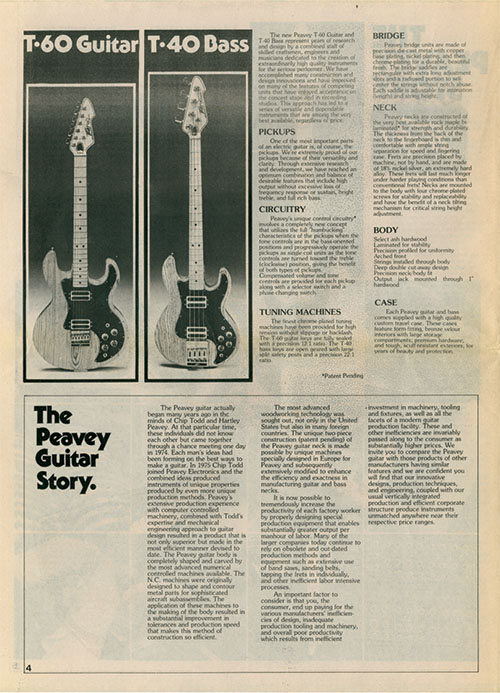Peavey Chapter Six
Peavey: Peavey Guitars Set a New Benchmark for Success
Chapter 6
“There’s something magical about taking a magnet, a piece of paper, and a coil of wire and making music.”
Peavey Electronics’ first foray into guitar production began somewhat reluctantly in 1975.
Hartley Peavey had not entered the music business with the intention of becoming a guitar builder, despite the fact that his high-school sketch work included guitar designs. Ultimately, competition from major brands forced his hand.
“They started telling dealers that if they wanted to get their guitars, they would have to buy their amps as well,” Hartley recalled. “I decided I had to return the favor, so I entered the guitar business—to fight fire with fire!”
At this point, Peavey’s competitors were controlled by conglomerates that were concerned with maximizing production levels and making more guitars with less overhead. However, the traditional methods they used required manual, skilled labor from a large and expensive workforce. Not surprisingly, quality often suffered.
Hartley resolved that there had to be a better way to produce guitars at scale, and he would apply the same philosophy that had driven the company’s growth thus far: “make the best product at a fair and reasonable price.”
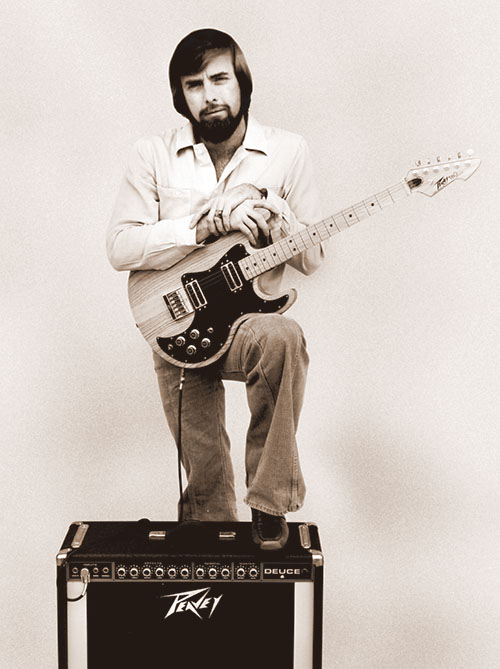
For inspiration on manufacturing and engineering, Hartley turned to his gun collection. Gunsmiths had a way of applying their own art in mass production, from the way the wood of the rifle stocks was joined to the barrels, to the precision of the metalworking. The parts fit together so precisely that you couldn’t fit a sheet of paper between them. Hartley surmised that the machine used to make gun stocks could make guitar necks with extreme precision, and Peavey could produce them quickly and at a reduced cost.
To bring the concept to fruition, Hartley approached some German companies that made CNC (computerized numerical control) machines. They had never used the technology to make a guitar before, but they were up for a new challenge. The state-of-the-art production techniques would focus on adapting numerical-controlled routers to carve guitar bodies and CNC copy lathes to make necks.
Eventually, after proof of concept, Peavey went all in on this machinery and became the first company to make guitars using this new method with parts cut identically every time to ensure consistent quality.
Peavey competitors initially scoffed at the idea of computers making guitars, but Hartley knew that the work of skilled craftsmen was still required. After all, the precision parts were only made with computer assistance; humans were still needed to assemble the guitars.
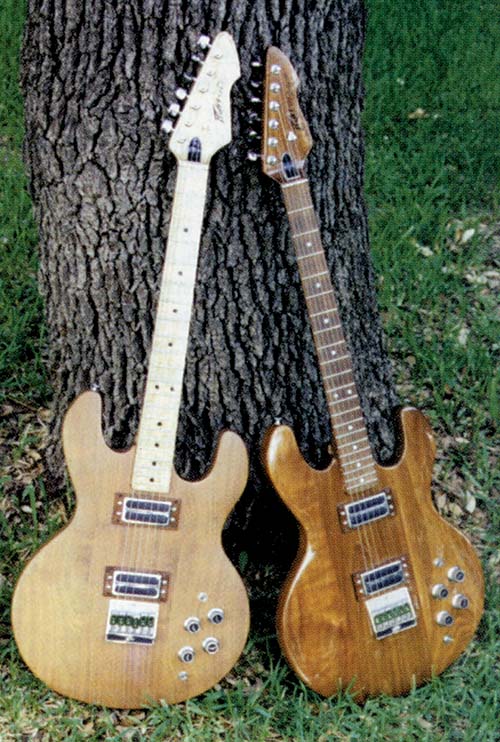
Steady Progress
To head up the new guitar-making venture, Hartley appointed a Peavey employee named Chip Todd who shared his vision of making a better instrument using state-of-the-art techniques. Chip represented a bridging of the “old” vs. “new” way of doing things. He was a well-respected luthier-turned-mechanical engineer who had experience working on race car engines and transit systems. One day over lunch in 1975, Hartley and Chip scribbled napkin notes that would revolutionize the guitar-making industry before the end of the decade.
While setting up the copy lathe, the pair had discovered a new method of construction whereby a truss rod was inserted into a bi-laminated blank before carving. Thus, insertion of the truss rod could be achieved before the wood was prepared and carved, and the resulting neck would be stronger, more stable, and easier to produce. This was the basis of one of several patents resulting from Hartley and Chip’s research.
“The patented method of neck manufacture and numerically controlled body-carving techniques allowed Peavey to get a foothold in the tightly knit guitar market by not only reducing the price, but also upgrading the quality of each and every part,” Chip recalled in an interview with the Peavey publication Monitor.
With the final designs of the first Peavey solid-body instruments completed in 1976, programming and installation of factory equipment continued into 1977. Pre-production pilot runs were underway by the end of that year. Peavey officially became a diversified musical instrument and sound equipment company when the first Peavey T-60™ guitar rolled down the production line in 1978.
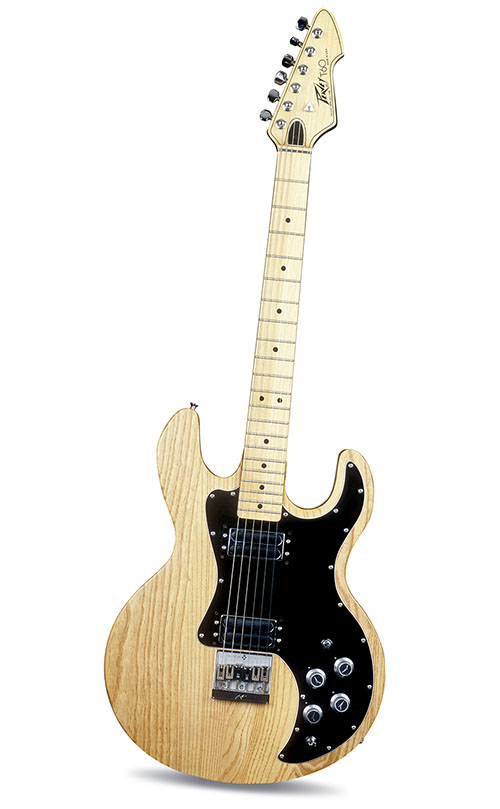
Hartley took the T-60 and presented it to dealers at one of the Peavey schools in Meridian. He explained how much each part cost and how he could make a profit both for the company and for the dealer while selling the model at a lower price tag than his competitors.
“By the time Hartley finished his presentation…he had convinced the dealers that the T-60 was going to revolutionize the guitar industry,” said Bill Everitt of Brook Mays Music, one of Peavey’s earliest dealers.
The combination of a stable, bi-laminated neck and ultra-precise construction set a new benchmark for fretted instruments. Peavey’s method was so far advanced that Hartley’s hero, Leo Fender, chose to copy the method on his G&L instruments by using an overlooked loophole in the patent’s wording. Imitation was the highest form of flattery.
Today, virtually every mass-produced musical instrument is made using the methods pioneered by Peavey.
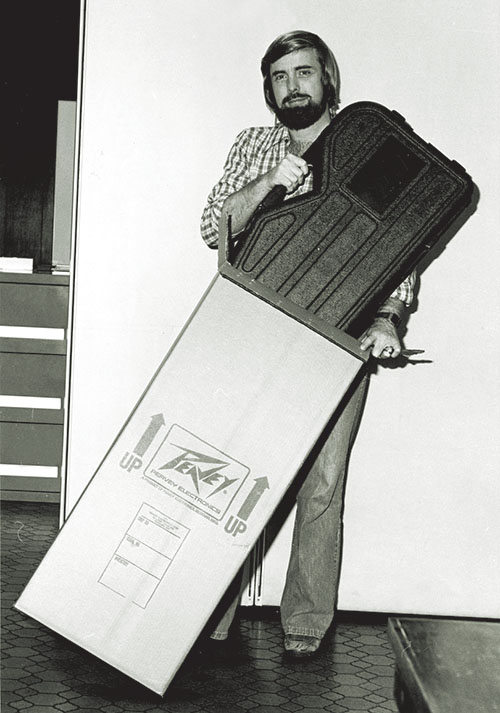
Full Throttle Ahead
Recalling the Peavey journey in an interview, Hartley said he believed it took 13 years for his company to become fully established. Using a boating analogy, he described 1978 as the year Peavey finally took off.
“Our business was like a motorboat,” he described. “When you put the throttle down, the [front of the] boat comes up and you really can’t see ahead of you. There’s a lot of water splashing around and some instability. But sooner or later, if you keep the throttle down, you come up ‘on plane.’ It took us 13 years to actually come up on plane. When the buffeting stopped and we could see clearly ahead of us, we really started to gain speed and momentum.”
As the year progressed, production of the T-60 guitar and T-40 bass was rolling. It had taken longer than anticipated to reach full capacity, but it was still an amazing feat to see the factory operating within three years of the decision to enter the guitar business. Peavey Electronics soon met its production target of 300 units per day, making the company the largest manufacturer of guitars in the U.S. at that time. Seeing Peavey’s success in guitar-manufacturing, competitors were now scrambling to adopt the computerized technology they initially dismissed.

Peavey’s big bet on innovation was paying off handsomely, as the brand secured artist endorsements from the likes of Elvis Costello, Steve Gibbons, and Bobby Cochran. Bolstering its strong international reputation, Peavey also received a President’s “E” Award, which recognizes organizations that contribute significantly in the effort to increase U.S. exports.
1978 was a banner year, and while Peavey was reaping the rewards, the company wasn’t about to rest on its laurels. With the 1980s on the horizon, the company was poised as an industry leader driving groundbreaking innovation — a hard-earned position Hartley and the rest of the management team were not going to take for granted.
